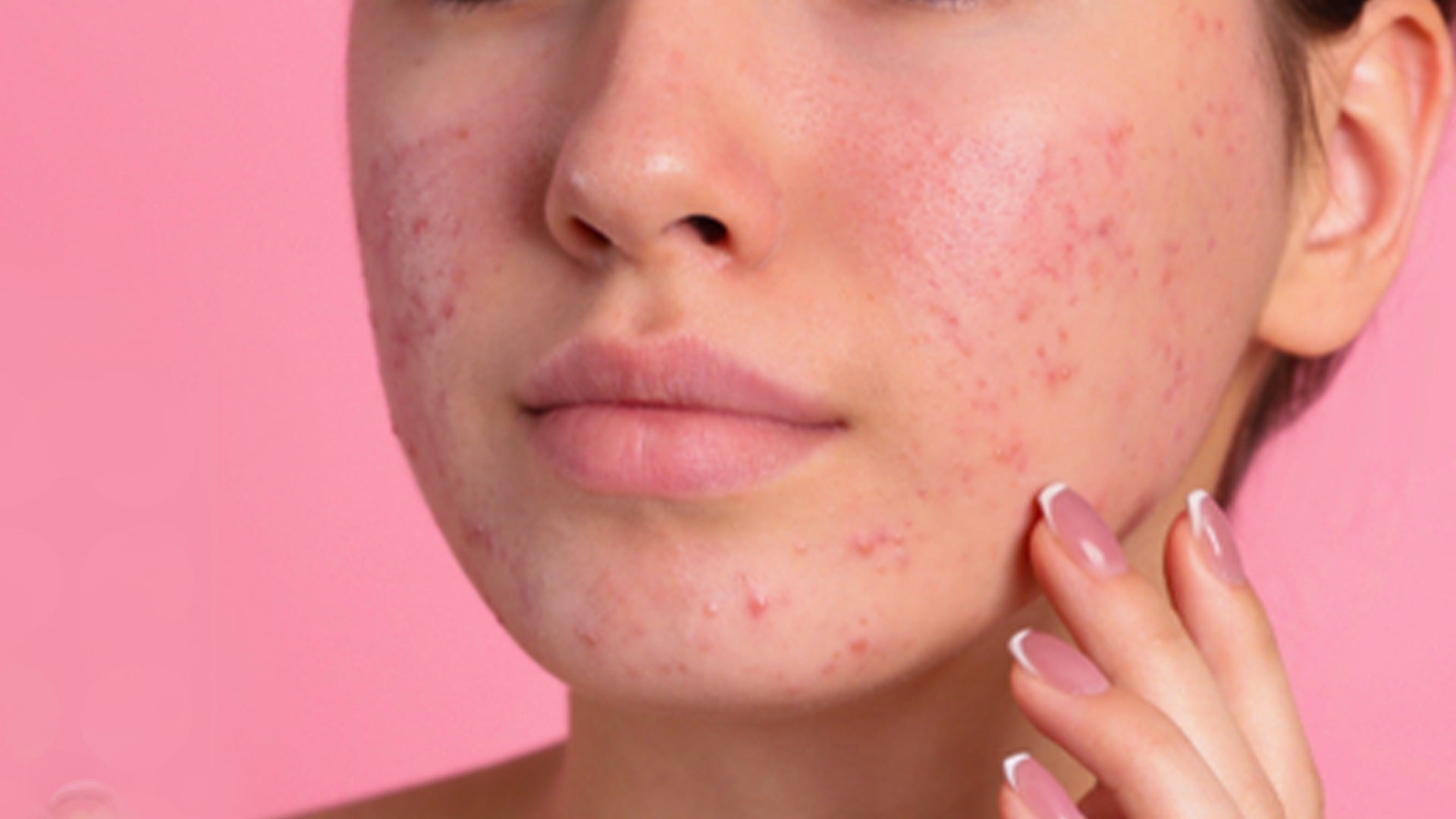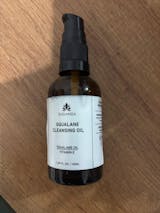Acne could be as mild as just a pink pimple or as severe as pus acne. Whatever be the acne type, the mark they leave behind varies. Sometimes they leave no mark at all; for some, they may leave dark spots and scars. Something to be not confused about is that dark spots and acne scars are different.
When there is a breakout on the skin, the skin produces excess melanin that leaves out uneven and flat dark spots behind during the healing process. Whereas, if acne is particularly severe, or if they have been aggravated by popping or other disruptions to the normal healing process, the body is required to send collagen to the wound area to aid in the replacement of damaged tissue within the dermis at the site of the original inflammation. This results in hyperpigmented areas and patches of irregular texture that are hard to hide.
There are two types of acne scars:
Hypertrophic Scarring: A hypertrophic (raised) scar forms when too much collagen is developed in one area. Keloid scars are an example of this caused by an accumulation of tissue, often from acne that shapes in the same spot over time. While hypertrophic scars are usually the same size as the initial blemish, keloid scarring can frequently be larger than the previous acne size.
Atrophic Scarring: An atrophic (pitted) scar forms when collagen production is insufficient. Boxcar scars (box-like depressions ), ice pick scars (narrow ridges that point down into the epidermis), and rolling scars(pits leave a wavy appearance to the skin) are examples of this.
We know every skin issue can be dealt with in two ways: home remedies and external skincare. Also, one needs to unlearn that using skincare products does not mean that the skin is no longer in a stage to cope with natural aids. Skin must get nourished from skin products as long as they are free from toxic chemicals and parabens.
1) Retinol For Acne Scars
Retinoids aid in the fading of acne scars by increasing cell fluctuation rates, expelling dead cells and attempting to make room for new ones that results in a smoother texture. Now, since retinol removes dead skin cells, it reduces excess melanin production (responsible for protecting skin against UV rays). If you have sensitive skin and are worried about using the active ingredients in retinol, don't fret; there are retinol derivatives available, such as adapalene, suitable for sensitive skin types. Granactive retinoid works best to improve the skin texture, meaning if you have structural changes such as pits on your skin.
2) Vitamin c
We have learned that acne scars are formed due to excess collagen production during its healing process. Vitamin C plays a vital role in the skin's collagen rebuilding, which is one way it helps acne-scarred areas repair more effectively. Naturally, Vitamin C is found in high concentrations in the skin and serves various functions, including oxidant protection, tissue regeneration, and the growth of new skin. According to a study, Vitamin C reduces melanin formation and thus pigmentation. Vitamin C can interact with tyrosinase, an enzyme responsible for producing melanin, a natural skin pigment.
Thus, Vitamin C can help brighten skin dark spots and discolouration caused by acne scarring and effectively remove red acne scarring and skin discolouration.
3) AHAs
Acne and clogged pores are caused by a buildup of dead skin cells on the skin's surface. Exfoliation of the skin can help thin this layer of dead skin cells, which can help unblock pores that would otherwise become clogged and eventually lead to acne lesions. Alpha hydroxy acids can capture calcium particles. Calcium is a mineral that ties to proteins on the surface of skin cells, allowing them to attach to other cells. This calcium can be absorbed by alpha hydroxy acids, preventing it from binding to skin cells. This weakens the interconnection between skin cells, which aids in exfoliation. Corneocytes are skin cells that make up the topmost layer of skin. AHAs breakdown corneocytes and thus help gently exfoliate the skin and reduce the scars.
To help treat from within, it is advised to take a zinc-rich diet such as poultry and fish. If you are a vegetarian, then you can try legumes and peanuts. If you suffer from severe scars and plan for surgical treatment, please refer to a dermatologist before taking a significant step.
References:
Kornhauser, A., Coelho, S. G. & Hearing, V. J. Applications of hydroxy acids: classification, mechanisms, and photoactivity. Clin Cosmet Investig Dermatol 3, 135 - 142 (2010). https://www.ncbi.nlm.nih.gov/pmc/articles/PMC3047947/
Kessler, E., Flanagan, K., Chia, C., Rogers, C. & Glaser, D. A. Comparison of α- and β-hydroxy acid chemical peels in the treatment of mild to moderately severe facial acne vulgaris. Dermatol Surg 34, 45 - 51 (2008). https://www.ncbi.nlm.nih.gov/pubmed/18053051
3.”Gene variants associated with acne vulgaris presentation and severity: a systematic review and meta-analysis”, Allergy and Molecular Immunology Laboratory, Lee Hiok Kwee Functional Genomics Laboratories, Department of Biological Sciences,2021 Apr 13,https://www.ncbi.nlm.nih.gov/pmc/articles/PMC8045239/





 +91 9347578980
+91 9347578980